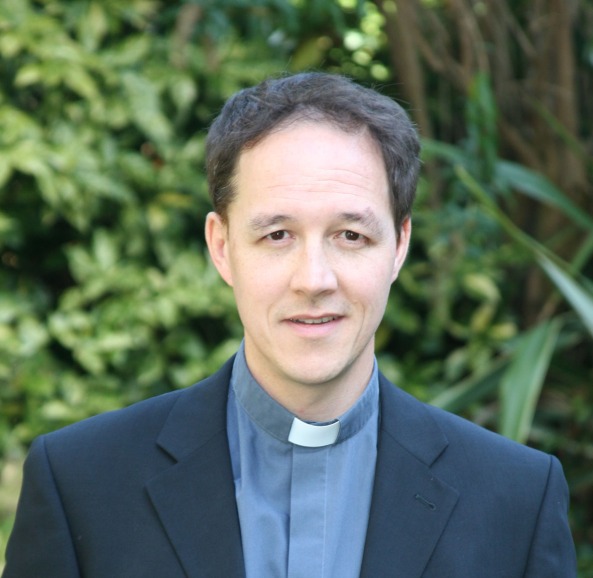It was back at the beginning of May when Jorge told me he made lunch reservations at Ibérica in Marylebone. He wanted to check out the interior design by Lázaro Rosa-Violán.
I was more interested in the food. And I was not disappointed.

This was also my first outing with my new little Lumix camera with the 20mm pancake lens and I was itching to try it out. It turned out this same day offered plenty of opportunity, first with Ibérica, then a stroll through Regents Park and then a wander around Little Venice to check out the colourful canal houseboats.
But back to the tapas, which even Jorge, who is Spanish, says are some of the best he’s had in London (even though the size of the servings never compares to those back home).
The outside of the restaurant is a bit nondescript, but the inside is covered in beautiful blue and white tiles and has huge windows that let in tons of natural light.
We sat by a window, which gave us plenty of people watching opportunities and settled in with the menu.

Jorge ordered wine and I went for a daiquiri. (Oops, drank half before I remembered to take a picture!)
It was prepared by a friendly bartender who was telling me about the day Made in Chelsea came by for a visit to the restaurant.
I think he had fond memories.
We started with a simple plate full of bread and olive oil for dipping.
And the requisite bowl of olives.
Along the bar were beautiful legs of Jamón ibérico which was sliced, very thinly, from the bone.
It added a bit of extra authenticity to the experience.
We had a plate of this mouthwateringly delicious Spanish favourite.

Then came the Pulpo a la Gallega – octopus with potatoes and paprika. It was unfortunate we had to share as I could have polished off the whole plate quite easily!
Double take – Yum!
But there was more to come with Croquetas de jamón, gooey with their crisp outer later.
When I went to Barcelona with Jorge last year, we ate the popular Pimientos de piquillo. When you bite into these, you never know if you might get a super spicy one – at least in Spain. Here, they were all perfectly edible, juicy and sprinkled with sea salt.
The last tapa we had was Hamburguesas de secreto ibérico, mini hamburgers, which were the only thing that didn’t live up to my expectations. The rest surpassed them.
When the dessert menu arrived, we couldn’t resist sharing a Tarta de Santiago.
While Jorge surveyed the after dinner drinks menu, I had a little tour upstairs to take photos of this area of the restaurant that opens up for special occasions and big groups.
Even the walls behind the glasses had the same blue tiles that decorated the downstairs area.
That night, they were hosting a party of 40 on a long wooden table in the back room.

In another corner, there was a smaller round table in a private area with standing room for cocktails.
I took plenty of photos.
There’s little trinkets everywhere.
More trinkets.
Spanish magazines.
Wine.
Downstairs, there is a small nook which has one table and it’s surrounded by Spanish books on shelves. It can be booked out if you’re looking for a space that almost feels like you’re dining privately at home.
There’s plenty of attention to detail, even with the bar stools.
The bar itself.
And the wall of wine.
When I came back, there were two drinks at my place – moscatel and pacharán. One was free from the bartender as a gift and the other Jorge had ordered. Both were delicious.
The entire rest of the menu looked tempting, so we will certainly be back!
We left, slightly tipsy, with happy tastebuds and wandered under the London sunshine to a Regents Park in full Spring bloom.
If you’re on the other side of the city, there’s also a branch of Ibérica in Canary Wharf. If you go, let me know how it is. I will undoubtedly be jealous as it’s made my current list of favourite restaurants in London.
Ibérica
195 Great Portland Street London W1W 5PS
http://www.ibericalondon.co.uk/





























































